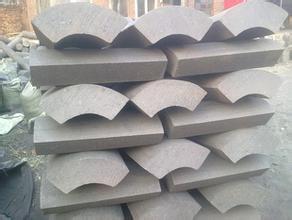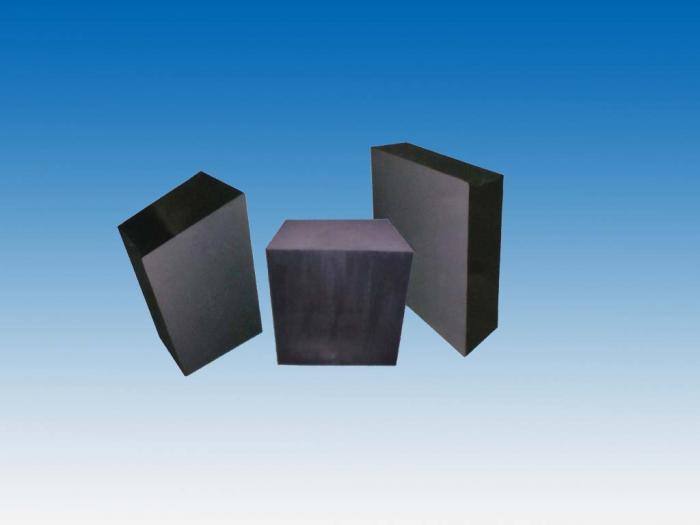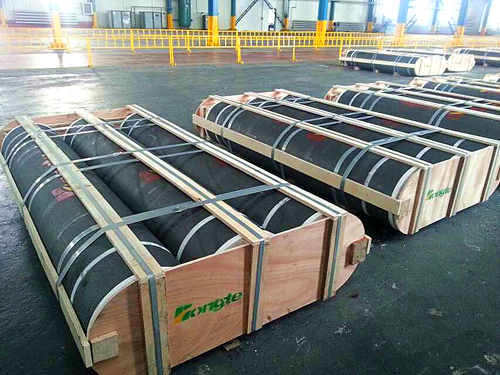Carbon electrodes are mainly divided into two types, including metal carbon electrodes, polyacrylonitrile electrodes, copper electrodes, etc. Metal carbon electrodes have a long life, while polyol electrodes have a life span of only three years. Typical lead-acid batteries have a service life of 3 to 6 years. Polyacrylonitrile electrode is a very efficient electrode material, such as polytetrafluoroethylene, a polyacrylonitrile electrode material can be used for 30 years, which is incomparable to carbon electrodes. The advantages are too great, and I feel that polyacrylonitrile is very cost-effective. For example, white phosphorus, mercury and potassium trichloride, which have a relatively large demand for heavy metals, especially potassium trichloride, can have a lifespan of more than 10 years.
Carbon source is the best material for energy storage. For example, the gasoline industry mostly uses corrosive metals such as aluminum, cobalt, and nickel as dispersed carbon sources; if the amount of metal in the polymerization reaction is relatively small, such as o
2. Potassium carbonate is used as a carbon source; and polyacrylonitrile (pp) has advantages in this regard. But it is too difficult to reach 1%.

The definition of polypropylene (pp) (): polyacrylonitrile (), also known as polypropylene, glue pp, is a very widely used power battery electrode material. Its high temperature resistance and aging resistance are superior to any other materials, and it has less radiation damage to the human body and the environment. It can be used as an electrode of a permanent lithium-ion battery; it has high resistance to chemical solvents; because of its high temperature resistance, high It is very suitable for the electric bicycle (.
1) and other power tools (
2) Serve as a power source and provide charging power. In summary, pp batteries are the longest-lasting lithium-ion batteries today.

Board u reference: Conventional battery technology plus the service life comparison of batteries of various materials (link to the original post: the key introduction of electric vehicle board u is finished) First of all, polyacrylonitrile batteries are the most cost-effective batteries. Because it has the best performance, and there is a great demand for battery protection materials in the market. In general, polyacrylonitrile batteries have several characteristics:
1) The polyacrylonitrile battery is small in size (its size is only 1/ of the battery space
5), can be used as a current collector to provide high-capacity electric energy for electric vehicle batteries;

2) Polyacrylonitrile battery is resistant to high temperature and low temperature (because it is non-toxic);
3) The battery conversion efficiency is high, and the battery can provide power without heating the battery when charging and discharging;
4) Polyacrylonitrile batteries have good acid and alkali corrosion resistance. When used as battery protection materials in acidic and alkaline corrosive environments, they can not only prevent polyacrylonitrile batteries from entering water and battery electrodes from corrosion, but also prevent internal corrosion of batteries from causing fires;
5) The polyacrylonitrile battery is resistant to thermal shock during discharge of the secondary battery.
